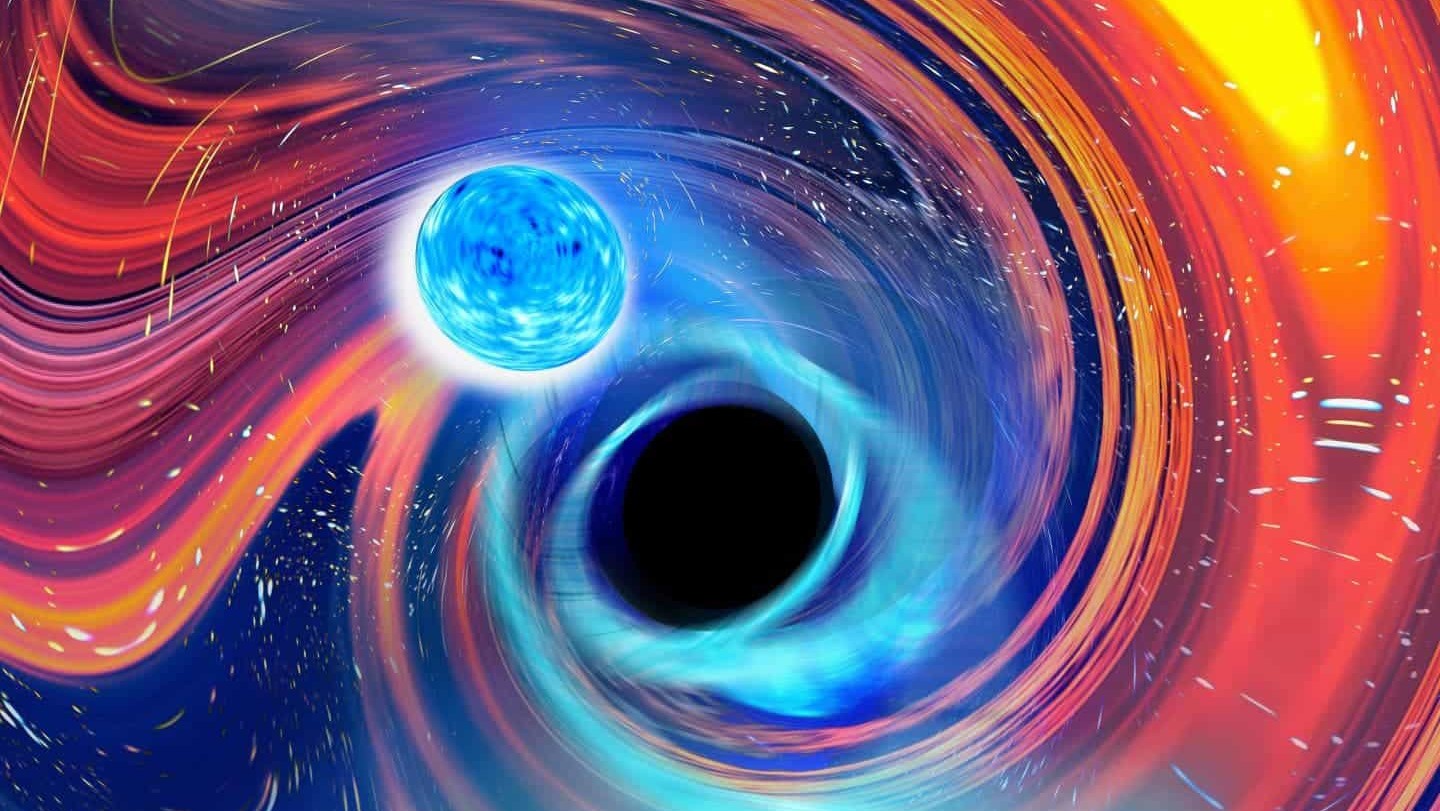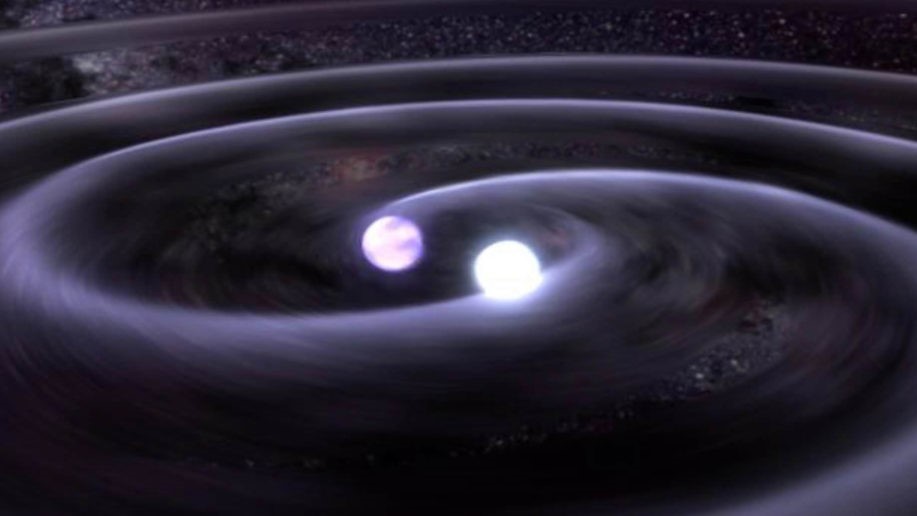LIGO resumes work in 2023 and will catch gravitational wave signals fainter than ever
The gravitational wave detector will be able to spot neutron star mergers as distant as 620 million light-years away.

Following two years of upgrades, the Laser Interferometer Gravitational-Wave Observatory (LIGO) is almost ready for its next operating run, which is set to begin in March 2023.
During this fourth operating run (O4) LIGO — which comprises two detectors, one in Washington and one in Louisiana — will be joined by two other gravitational wave observatories: the Virgo interferometer, in Italy, and the Kamioka Gravitational Wave Detector (KAGRA), in Japan.
Gravitational waves are ripples in space-time triggered by extremely violent cosmic events, such as mergers between neutron stars, black holes or a combination of the two. The phenomenon was first predicted by Einstein's theory of general relativity.
Related: How do gravitational waves work?
Though the events that launch these ripples in space-time are tremendously powerful, gravitational waves are very faint — so faint, in fact, that Einstein predicted we would never directly detect them. We did end up spotting them, though, with the first direct detection of gravitational waves occurring in September 2015. Now, the new improvements to LIGO boost its sensitivity, allowing it to detect fainter signals than ever before and, as a consequence, more events than was previously possible.
For this upcoming operating run, LIGO scientists are aiming for the instrument to be sensitive enough to detect gravitational waves from binary neutron star mergers as distant as 522 million to 620 million light-years from Earth. Larger and more violent events, such as the collisions and mergers of black holes, should be visible to LIGO at even greater distances. (The first direct detection of gravitational waves observed two massive black holes merging 1.3 billion light-years from Earth.)
Researchers have since detected a multitude of gravitational waves. Virgo and LIGO detected the ripples launched by the merger of binary neutron stars in 2017, which helped to pinpoint this cataclysmic cosmic event. KAGRA joined the LIGO-Virgo network in 2020, and in January 2020, the three observatories spotted gravitational waves from a merger between a black hole and a neutron star. This observation was the first time this kind of mixed merger had been detected and serves as a tantalizing promise of things to come from the collaboration.
Get the Space.com Newsletter
Breaking space news, the latest updates on rocket launches, skywatching events and more!

LIGO ended operating run 3 in March 2020, shutting down for upgrades. Operators of the three facilities are closely coordinating so that they will begin O4 together following COVID-19 impacts that delayed the fourth run's start from December 2021.
A month prior to beginning O4, the detectors will conduct an engineering run to test the upgrades in real time and also check the systems that allow LIGO, Virgo and KAGRA to operate in unison. However, even during such an engineering run, the gravitational wave detectors might deliver some exciting science. In fact, LIGO's historic first detection of gravitational waves came during such a test period.
O4 is scheduled to last a full year, with a month-long maintenance break around the middle of this period. KAGRA won't be operating alongside LIGO and Virgo for the full 12 months, however, as the Japan-based detector is expected to go offline for its own sensitivity upgrades near the end of O4.
"Everyone at LIGO and Virgo and KAGRA is eager to start detecting gravitational waves once again and sharing our discoveries with the world," LIGO operators at the California Institute of Technology said in a statement. "We eagerly await March 2023."
Follow us on Twitter @Spacedotcom and on Facebook.
Join our Space Forums to keep talking space on the latest missions, night sky and more! And if you have a news tip, correction or comment, let us know at: community@space.com.

Robert Lea is a science journalist in the U.K. whose articles have been published in Physics World, New Scientist, Astronomy Magazine, All About Space, Newsweek and ZME Science. He also writes about science communication for Elsevier and the European Journal of Physics. Rob holds a bachelor of science degree in physics and astronomy from the U.K.’s Open University. Follow him on Twitter @sciencef1rst.









